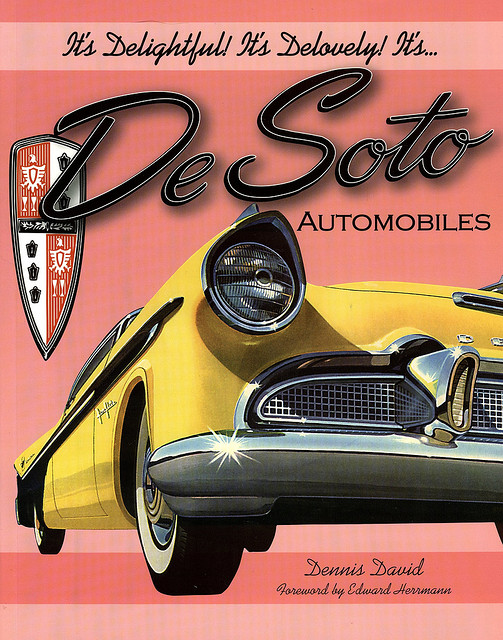
Most book covers fail to sell books as well as they should. Does your book cover fall into this trap? Read this and then see how your cover compares. Oh, and while many of the topics I cover here relate to print book covers, some will apply to ebook covers as well. Especially since Amazon is now letting authors submit back cover art for Kindle books…
Okay, so before I begin, I want you to note what is NOT in this list: beautiful design or the perfect image. Those are important for sure, but most authors and designers focus on design and images too much. They fail on the rest of what I outline below which is the most important part of turning a browser into a buyer.
On to the list of what your book cover must include.
Readable title
Open up Amazon and start browsing book categories. Click a category and start browsing through the top 100 books in that category. See how long it takes you to find a book that has a cover but the title is unreadable.
When it comes to the title especially, it needs to be readable. Not readable by you the author and approver of book cover design. It needs to be readable by your parents or your kids or someone who is not so close to your project.
Make your title readable by keeping it short enough so you can use a larger font size. Your sub-title does not need to be readable from a thumbnail size image view – so it can be longer and tell more about the book.
Contrasting colors
Even a short title in large font can be hard to read sometimes. And this leads to the topic of contrast. Contrast as it relates to your book cover refers to using colors that help offset each other.
Remember that craze when everyone and her brother seemed to be publishing a book with a red background and large black letter title? Guess what? It works! It is easy to see and read the title of those books and that is partly because of the contrast in colors.
Choosing colors is beyond the scope of this article, but what is important to take away is that your cover background color (or image) should contrast your title font color(s). For example, this could mean choosing a dark background and using light or white as the font color for your title. Or vice versa.
Back cover copy
The text you put on the back cover of your book is like (or even the same as ) your book description on your book sales page.
First, it should have an attention grabbing headline. Attention grabbing is not the same as salesy or cheesy. It just needs to peak the reader’s attention or curiosity and make them want to learn more.
Your book title is not a good headline for the back cover text or your book description.
Next, like the opening paragraph in your book’s introduction, the first paragraph of your back cover copy should rouse curiosity and make the reader want to read more! The objective of each sentence is to lead the reader to the next sentence and then the close. The close is where you leave them either with a call to buy the book – or leave them anxious to read more from you.
Maybe what I’m suggesting sounds difficult or complicated. Really it is not. Instead of sitting down to write your book cover text as though it were sales copy, write it as though you were telling a long lost friend about you and the book.
Price
As a self publishing author, it is your job to make sure your book is saleable. That means including the price of the book on the back cover both with a bar code and written out. It’s easy to over look this easy step! But I learned the hard way that a book store is not interested in carrying a book without a price on the cover.
Put the price near the bottom of the book in an inconspicuous place. Ideally, you want the reader who picks up your book to spend their attention on reading the wonderful reasons why they should buy your book and then see the price. If they see the price first, they may well make some kind of judgment (like this book is too expensive) and then put it down before reading anything about it.
Author / book website URL
Lastly, be sure to include a website address relating to you the author or the book. Not everyone who picks up the book is going to buy it – for a variety of reasons – but that does not mean they are uninterested in your work. Maybe the timing is just not right for buying the book today.
Why not give them a way to learn more about you?
And depending on your niche or topic, some readers may want to find out more about you first before buying the book. They may be seeking to find more content that shows your credibility / expertise before they buy.
Either way, whether the reader seeks to learn more about your for credibility or because they just think you’re interesting, give them a way to find out more online.
Photo Credit: Bill McChesney on Flickr

